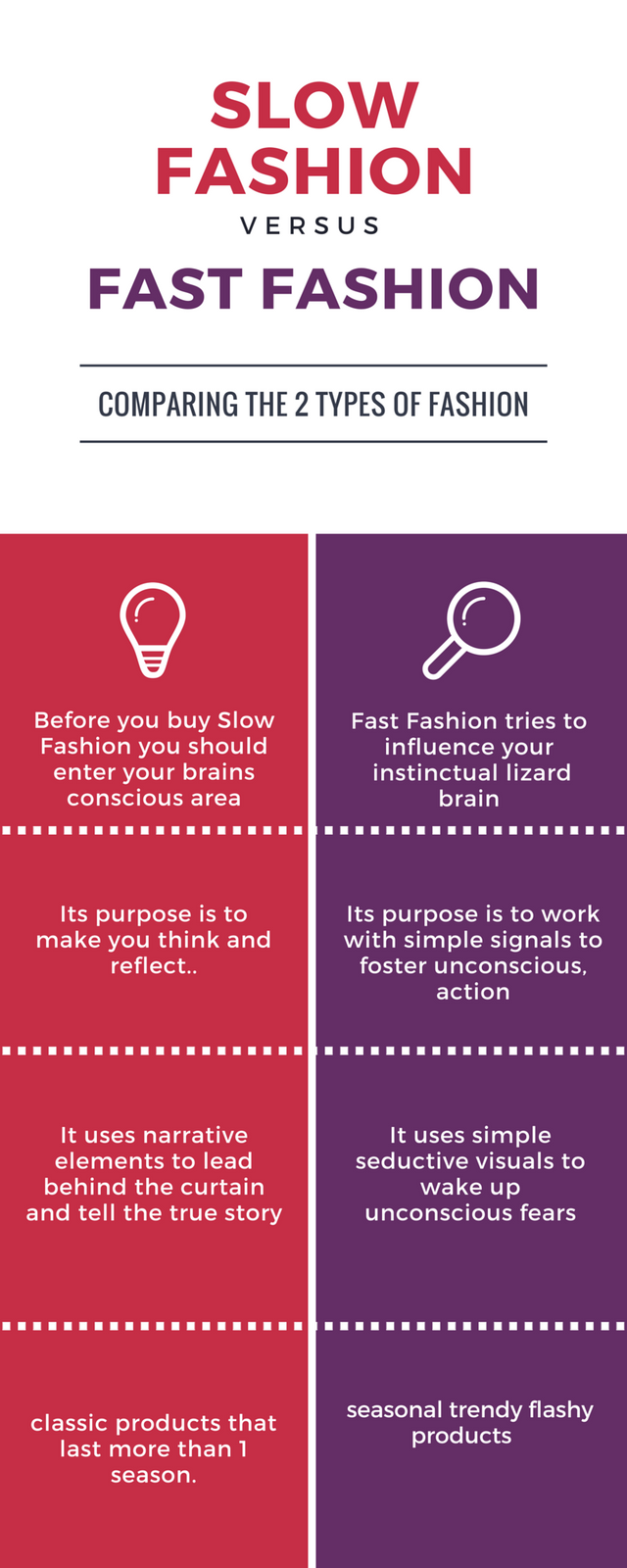This presentation is about an issue that most green, sustainable brands companies and services have to face.
Most of our companies have worked extremely hard to develop or produce alternative, green, fair or sustainable products and services.
We know that More and more consumers are searching for Green and Sustainable alternatives to conventional product offerings. Diverse studies suggest that nearly 90% of all consumers in developing countries are keen to buy ethical and fair products and services.
While these are great news, there seems to be a Blind spot:
many consumers choose conventional flawed products over green, ethical, sustainable new products or services that are clearly better in many ways.
Why is selling „Do Good“ Green and Sustainable products and services so difficult and why do consumers often prefer the bad/unhealthy vs the good/healthy version?
Let’s step back for a moment: Everyone is looking for the right way to live our lives. And in theory its easy…. We want to be loved, and enjoy life we want to be happy and healthy and lets be honest
Most of us want lots of money to buy the things they like ….
But in reality, its not that easy and many consumers behave quite strange and sometimes we dont understand the reasons…

Slow vs Fast
The question remains, why is it so difficult to do the right thing? There are things we are attracted to but we know that these things are not good for us. Let’s call these things FAST our world has become faster and faster and in many themes of life, things gathered speed
Fast Food
Fast Fashion
Fast Travel
And on the other end of the spectrum, we find things that are the opposite of fast
Slow Food
Slow Fashion
Slow Travel and so on
There seems to be a strong tension between slow and fast
Lets enter the world of Daniel Kahneman and the field of behavioral economics Daniel Kahnemann is one of the leading scientists and researchers in the field of behavioral economics. In 2002, he was awarded the Nobel prize in economic sciences for his work on judgment and decision-making. His empirical findings challenge many assumptions about human rationality prevailing in modern economic theory. In his famous book „Thinking Slow and Fast“ Kahnemann describes 2 systems out brain uses decision-making How we make decisions. Decision making seems to be a simple process. Most people would state that it looks like this stream of thought: If we have several options • we try to collect as much information as possible • Compare the information with our preferences • Carefully weigh the options And finally, we think we can make the best possible decision based on the information available. Therefore, many think that we just need to create better products and services, present all the right things about it and finally win over our competition. Its not that easy
We have to make too many decisions. Just think about the decisions you make after waking up
• Should I jump out of the bed or hit snooze?
• Should I brush my teeth?
• Howling should I brush?
• Which toothpaste is best?
• What will I eat for breakfast?
we have 1000 of decisions each day and if we would think through each of these decisions, our brain would be overwhelmed and we couldn’t get anything done
Think about it
Does it make sense to use a complicated decision-making process about all these little decisions day in day out?
Surely not
We need some shortcuts to avoid paralyzing decision fatigue. Let us jump back to Mr. Kahnemans 2 systems
System 1 is the one that thinks fast and automatically, intuitively, involuntary, and effortlessly—like when we drive a car read a face expression
System 2 requires us to slow down, solving problems, reasoning, computing, focusing, concentrating, considering other data, and not jumping to quick conclusions.
Now you might ask if there is a connection between Slow/Fast fashion, travel and food and the different parts of our brain? Clever Brand and business strategists know about these systems and they do everything to get system 1 activated…. remember this is the lazy fast system… their major goal is to form habits around certain products and services. Once the habit is formed we are on a hook. System 1 takes over and we act automatically. Have a look at this slide and think about the system in place… which system acts automatically?
Now I guess we got a little glimpse of how difficult it is to change a behavior when system 1 is in place.
To take a decision for a green, sustainable product, it seems like we need to activate system 2
In the second part of this series, we will explore ways how green and sustainable companies are able to compete, and which strategies work best. So stay tuned and subscribe to this blog we will be back soon
Congratulations @greenblut! You have received a personal award!
Click on the badge to view your own Board of Honor on SteemitBoard.
Downvoting a post can decrease pending rewards and make it less visible. Common reasons:
Submit
Congratulations @greenblut! You received a personal award!
Click here to view your Board
Downvoting a post can decrease pending rewards and make it less visible. Common reasons:
Submit
Congratulations @greenblut! You received a personal award!
You can view your badges on your Steem Board and compare to others on the Steem Ranking
Vote for @Steemitboard as a witness to get one more award and increased upvotes!
Downvoting a post can decrease pending rewards and make it less visible. Common reasons:
Submit